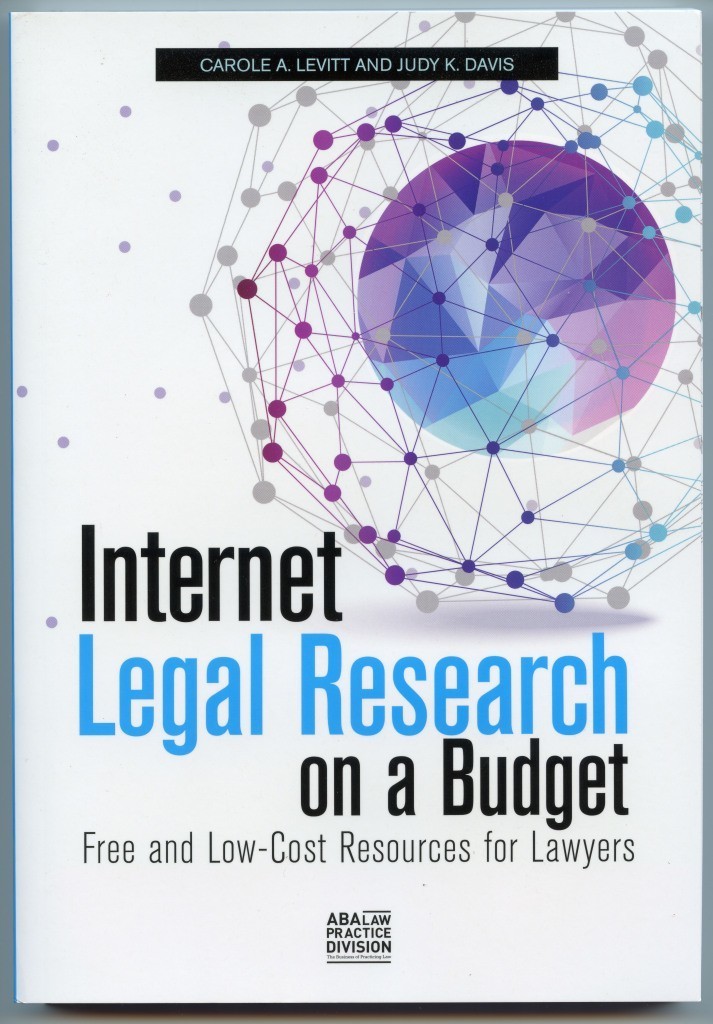I am a cheapskate. I am not ashamed to admit it. That is what first drove me to explore the Internet more than 20 years ago, back when many lawyers still had not even heard of it. Having just gone back into private practice at the time, I was in search of free resources for legal research, hoping to avoid the high cost of a Westlaw or LexisNexis subscription or investment in a library of hard-bound reporters.
Back then, much of the Internet still consisted of text. Navigating it required knowledge of archaic and confusing commands and interfaces with names such as Gopher and Telnet. Hyperlinked navigation of the Internet – what came to be called the World Wide Web – had just been invented in 1991 and only began to find broader use in 1993 with the development of the first two viable Web browsers.
 Neither Westlaw nor Lexis-Nexis were accessible through the Internet. Researchers could access them only through a dial-up terminal. Only a handful of courts had begun to publish their opinions on the Internet, and only newly released ones – there were no extensive archives to search. The vast majority of legal research was still done as it long had been, by trudging to the law library and poring over hard-copy books.
Neither Westlaw nor Lexis-Nexis were accessible through the Internet. Researchers could access them only through a dial-up terminal. Only a handful of courts had begun to publish their opinions on the Internet, and only newly released ones – there were no extensive archives to search. The vast majority of legal research was still done as it long had been, by trudging to the law library and poring over hard-copy books.
Fast forward two decades and, well, we’ve come a long way baby. Every federal and state appellate opinion can be found online at no cost. Federal and state statutes are online, as are growing bodies of other primary legal materials, from federal regulations to municipal ordinances. Traditional law reviews now publish online while legal blogs are creating new forms of legal commentary and analysis. Search technology has become so sophisticated that we forget how difficult search used to be. All of this is available to us wherever we are, in the office or on a mobile device sitting outside a courtroom.
This glut of legal research materials on the Internet is a good thing, of course. But it is also a mixed bag. Paid research services compete with free ones. Established publishers go against start-ups. So many resources are available that some of the most useful ones can be lost in the crowd. Even professional legal researchers have a hard time keeping score.
All these years later, I am as budget-conscious as ever. That is why I highly recommend the book, Internet Legal Research on a Budget, written by Carole Levitt and Judy Davis and published by the Law Practice Division of the American Bar Association. Carole is founder and president of Internet for Lawyers and, along with husband Mark Rosch, a prolific author and speaker on legal research. Judy is a law librarian and adjunct professor of law at the University of Southern California Gould School of Law.
Together, they have written a book that is a must-have for any lawyer or legal researcher who is as budget-conscious as I – and I am willing to bet that is most of us. They have scoped out the terrain, tested and evaluated a host of free and low-cost legal research sites and identified the best. Not only do they show you the sites, they provide detailed instructions on how to use them.
The Internet today is a far cry from what I first saw more than 20 years ago. It offers legal professionals seemingly unlimited sources of legal information – much of it free. But that abundance can be daunting. Think of Internet Legal Research on a Budget as a roadmap to the best of what is out there. It will guide you to what you need, and save you a buck along the way.
[Note: I wrote the forward to this book, from which the above is adapted. You can buy the book from the ABA for $89.95 or, if you are a member of the Law Practice Division, for $69.95.]
 Robert Ambrogi Blog
Robert Ambrogi Blog